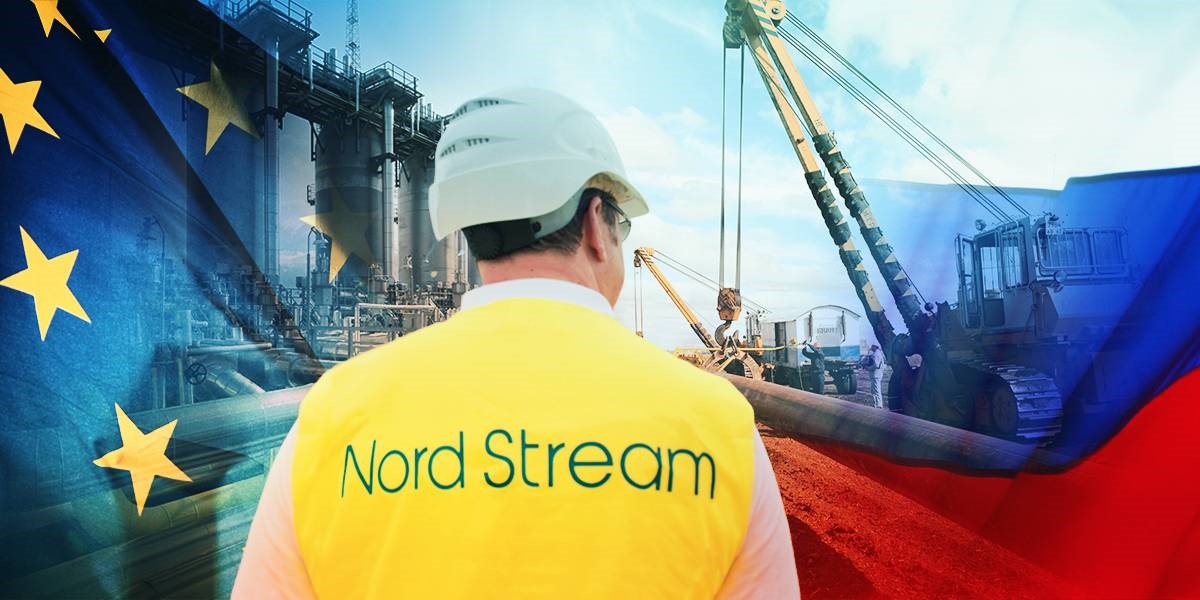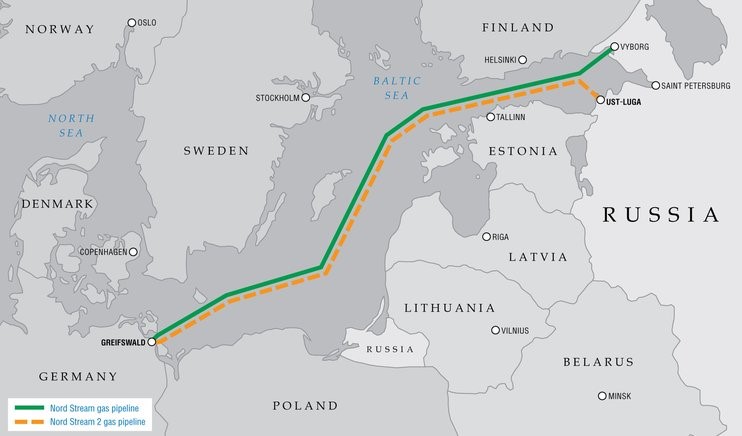Recently, Denmark, the last of the interested EU countries, issued a permit for the construction of section of Nord Stream-2 gas pipeline running along its continental shelf to the South-East of the island of Bornholm in the Baltic sea.
The operator of the Nord Stream 2 gas pipeline, controlled by PJSC Gazprom, sought permission from Denmark for 2.5 years - from April 2017, and offered various options for the route of the Nord Stream-2 gas pipeline through the Danish waters (three applications, the last of which was filed in April 2019). The Danish Energy Agency (DEA) has approved the shortest route – 147 km, bypassing the island of Bornholm from the Southeast.

According to the Danish permit, Energinet company will build 105 km of pipeline in the North Sea from the Norwegian Europipe II gas pipeline to the West coast of Denmark. Then 4 km of pipeline will be laid through the Strait of Lillebælt between Jutland and Fyn.
As of October 30, 2019, the construction of the Nord Stream-2 gas pipeline has been completed by 87%, more than 2,100 km of the pipeline have been laid in the waters of Russia, Finland, Sweden and Germany. Construction of landfall facilities in Russia and Germany is close to completion. According to the forecasts of PJSC Gazprom, the commissioning of the Nord Stream-2 gas pipeline is scheduled for the end of 2019.

Nord Stream-2 - is a gas trunk pipeline under construction, with a capacity of 55 billion cubic meters of gas per year from Russia to Germany along the bottom of the Baltic sea, with a length of 1234 km (2468 km on two lines) consisting of 5 sections of which: 1) Russian-118 km; 2) Finnish-374 km; 3) Swedish-510 km; 4) Danish-147 km; 5) German-85 km.
Nord Stream 2 is an extension of Nord Stream pipeline. The pipeline passes through the exclusive economic zones and territorial waters of five countries-Russia, Finland, Sweden, Denmark and Germany.
Source:
https://www.rbc.ru/society/30/10/2019/5db983869a79475fdff4244a
Wikipedia





